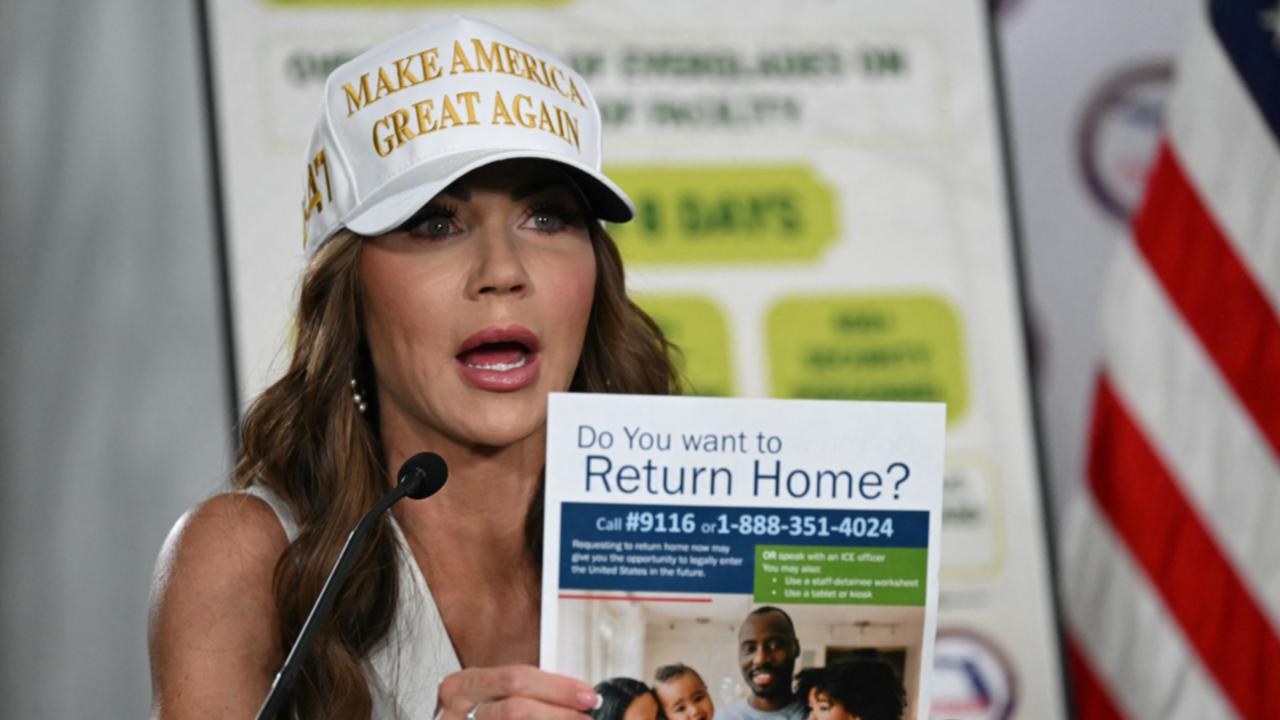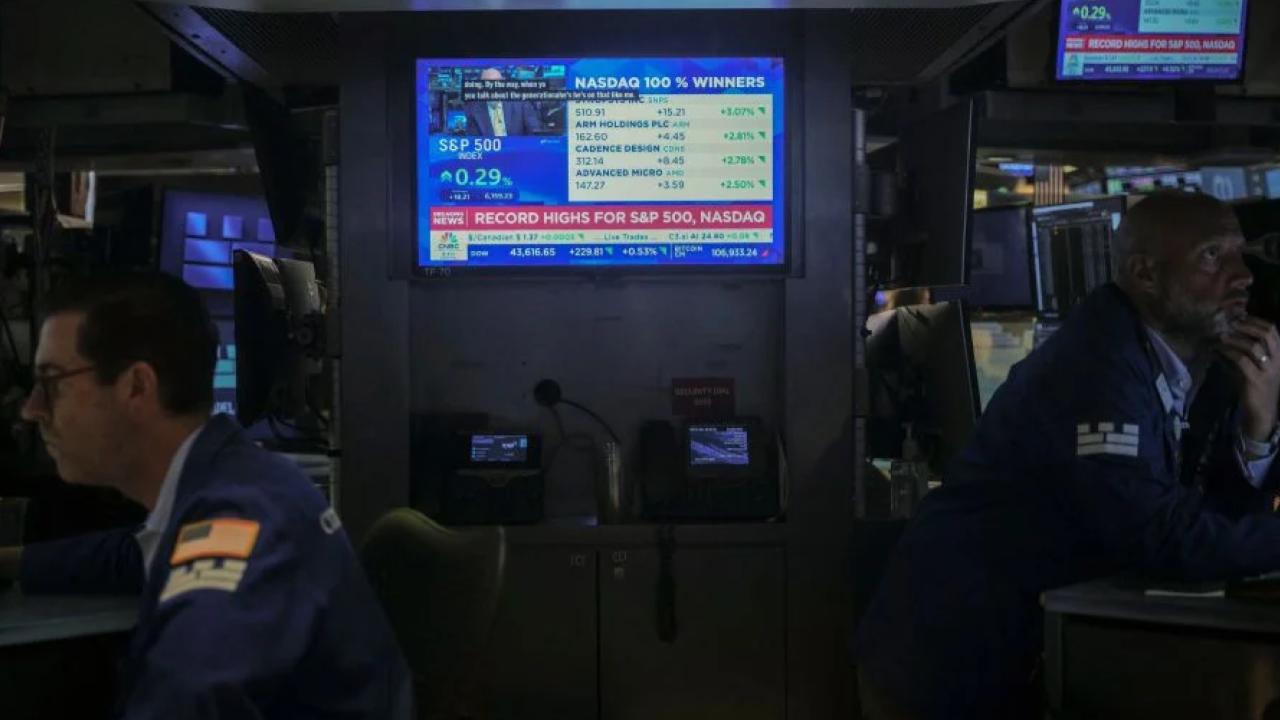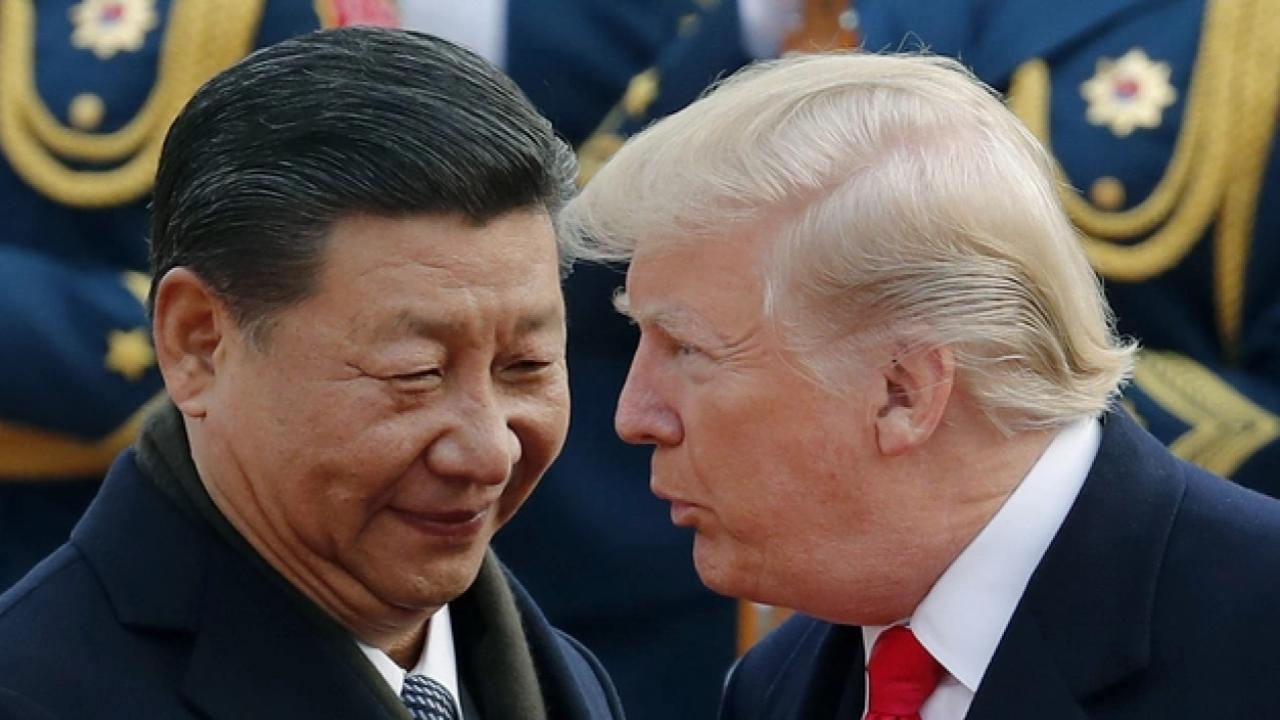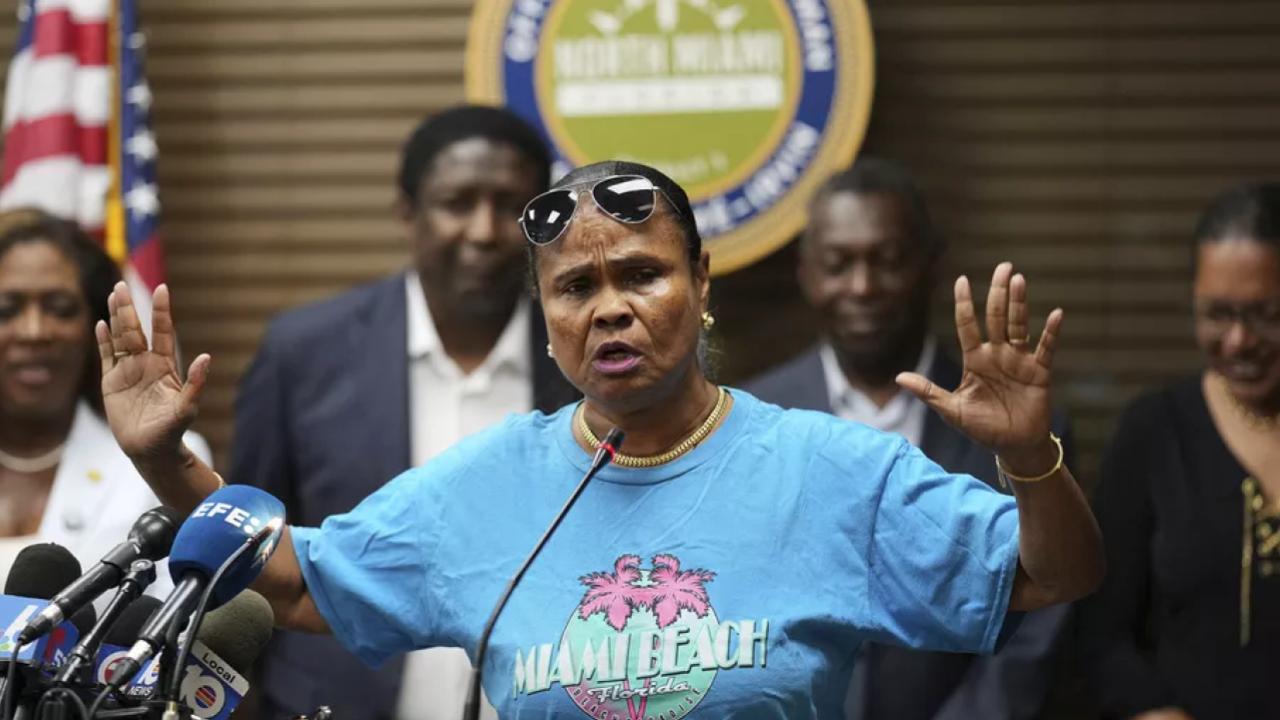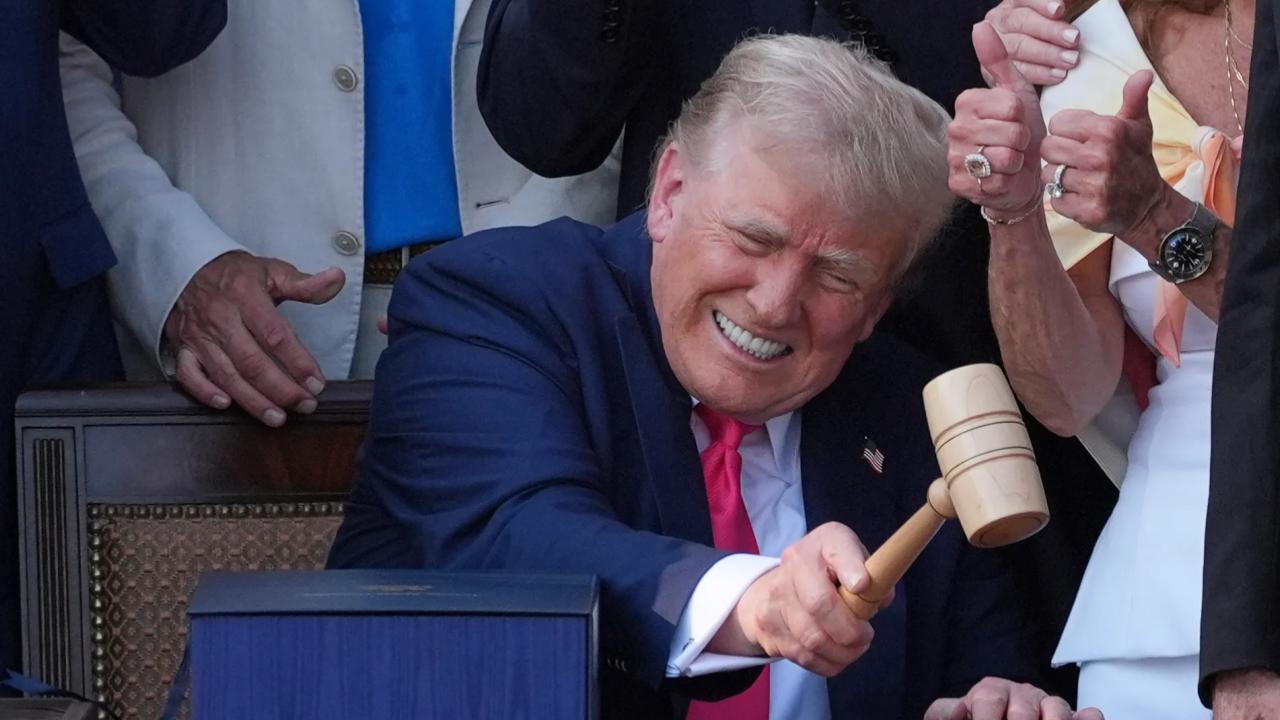You’d think bringing back more than a thousand fired federal workers would be simple. But in Trump’s second term, even a court order hasn’t been enough. The U.S. Department of Education is dragging its feet on rehiring probationary employees who were laid off an masse—and there’s a deeper reason why.
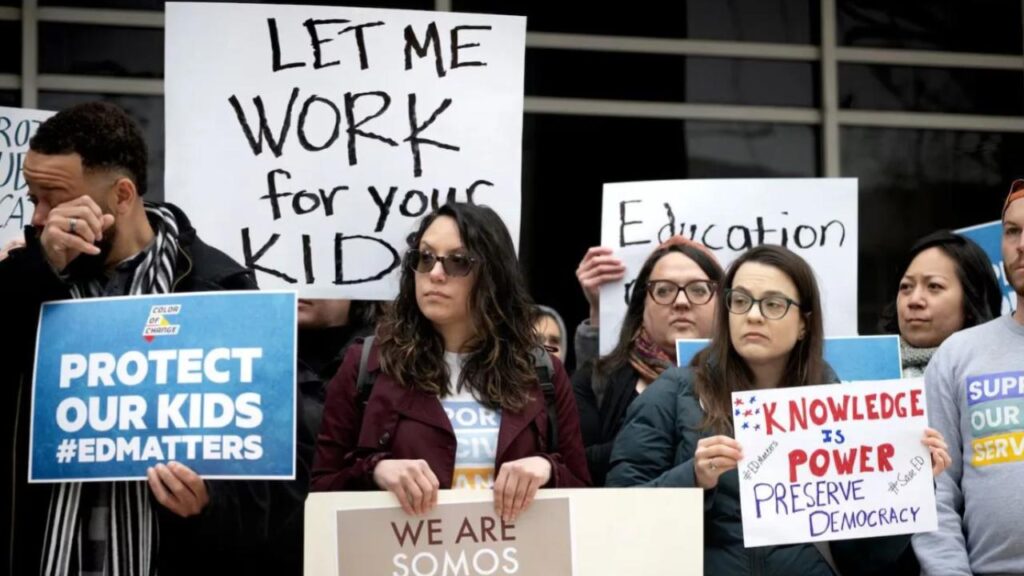
Trump’s Education Dept Stalls Rehiring Thousands
| What’s Happening | Stat |
|---|---|
| Massive staff cut | 50% reduction in Education Department staff |
| Rehiring mandated | 65 probationary employees reinstated by court |
| Progress stalled | Most remain on paid leave due to bureaucratic limbo |
This isn’t just a bureaucratic hiccup—it’s a calculated maneuver in a political chess game. The stalled rehiring reveals just how much power struggles, legal ambiguity, and ideology shape our public institutions. For thousands of students and federal employees, the fallout is all too real.
What Actually Happened
In March 2025, the Trump administration slashed nearly half the workforce of the U.S. Department of Education, citing redundancy and the goal of downsizing federal bureaucracy. Most of those cut were probationary employees—workers still within their trial employment period, and therefore easier to fire.
Among the hardest hit were two key divisions:
- The Office for Civil Rights (OCR), which investigates discrimination in schools.
- The Office of Federal Student Aid, which manages financial aid for millions of students.
Seven of 12 OCR regional offices were shuttered. Thousands of investigations ground to a halt. That’s when the lawsuits started.
Courts Say No—But Rehiring Lags
A coalition of advocacy groups and state governments sued, arguing that these cuts violated statutory obligations to enforce civil rights laws and provide financial assistance. In May, judges ruled in their favor, ordering the Department to reinstate 65 employees immediately—and signaling broader protections for others.
Yet weeks later, those workers are mostly still on administrative leave. “It’s like we’ve been ghost-hired,” said one rehired employee who asked not to be named. “We got the call, but we’re still waiting for an assignment, a log-in—anything.”
Why Is the Rehiring Stalled?
Despite the court order, the Department of Education has been slow to get those workers back on the job. Here’s what’s going on behind the scenes:
1. Bureaucratic Chaos
When nearly 2,000 workers were let go in a matter of weeks, entire offices were dismantled. Now, even with reinstatement orders in place, HR teams are scrambling to re-create positions, retrieve equipment, and navigate conflicting internal memos.
A June memo from the Office of Management and Budget, reviewed by CBS News, described the situation as a “procedural traffic jam.”
2. Deliberate Delay?
Critics say the Trump administration may be stalling on purpose. Rehiring thousands of workers undermines the broader plan to shrink the Department of Education’s role in national policy. Delaying could buy time for appeals or congressional maneuvers to change the law.
A federal judge even called the layoffs part of “an unlawful attempt to dismantle a congressionally established agency by executive fiat”.
3. Legal Uncertainty
The Justice Department is appealing parts of the ruling. That leaves the status of some employees in limbo. Even those rehired face the possibility of being let go again.

What This Means for Education in America
The ripple effects are already visible:
- Civil Rights Investigations Delayed: Thousands of unresolved cases involving racial harassment, disability discrimination, and gender equity are stuck in limbo.
- Financial Aid Glitches: With fewer staff, the processing of Pell Grants and FAFSA applications has slowed dramatically.
- Policy Paralysis: Reversals and legal uncertainty have left administrators at the state and district level unsure about federal support.
“We’re trying to run a school system without knowing what help—if any—is coming from Washington,” said Lydia Harmon, superintendent of a public school district in Ohio.
The Bigger Picture
This isn’t just a staffing dispute. It’s part of a long-running ideological fight. The Trump administration wants to devolve power to states, arguing that education should be locally controlled. Detractors say this weakens civil rights protections and threatens low-income student access to higher education. And now, the courts are the battlefield.
What’s Next?
- More court action: Appeals are still pending, and future rulings could change everything—again.
- Congressional pushback: Lawmakers are proposing legislation to prevent future unilateral layoffs.
- Continued delays: Unless something changes fast, rehired workers may remain sidelined through the summer.
FAQs
Why were probationary employees targeted?
Because they lack full federal employment protections, they were easier to terminate quickly. It was a calculated move to achieve major cuts without lengthy review.
Can the Department of Education be shut down by executive order?
No. It was created by Congress in 1979, and courts have ruled the White House can’t abolish it without legislation.
Are the reinstated employees working now?
Technically yes—but most are on paid administrative leave, awaiting assignments that have yet to materialize.

